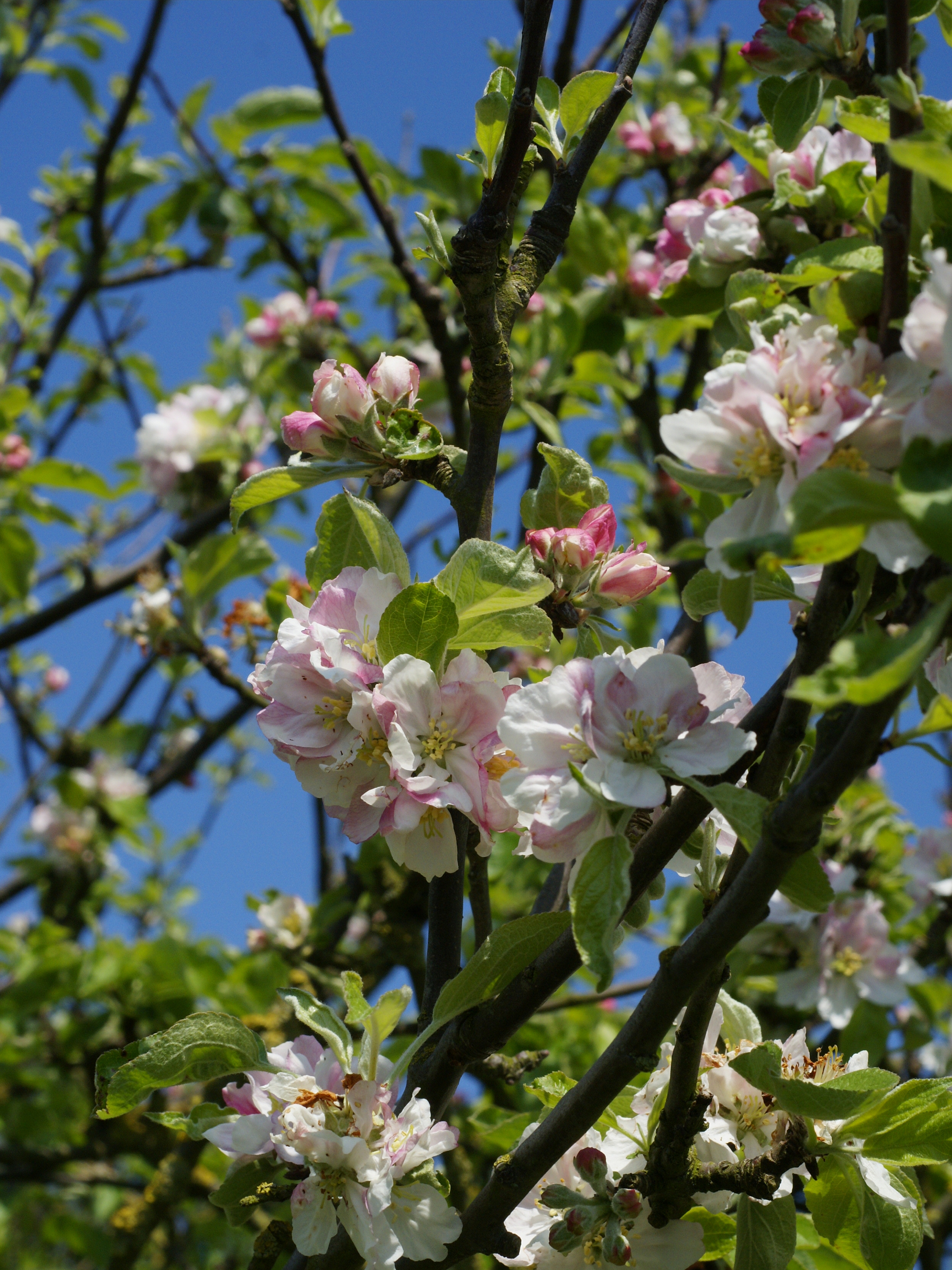 |
| Crab apple blossom - by Malus sylvestris - CC BY-SA 3.0 |
Darwin’s dilemma
All flowering plants belong to a group called angiosperms. This is a large and diverse group with plants such as lilies, cereals, grasses and gardenias for example as well shrubs, grasses, herbaceous plants and many trees. They differ from most other plants because they produce a flower which usually contains their seeds in some form. Read more
No comments:
Post a Comment